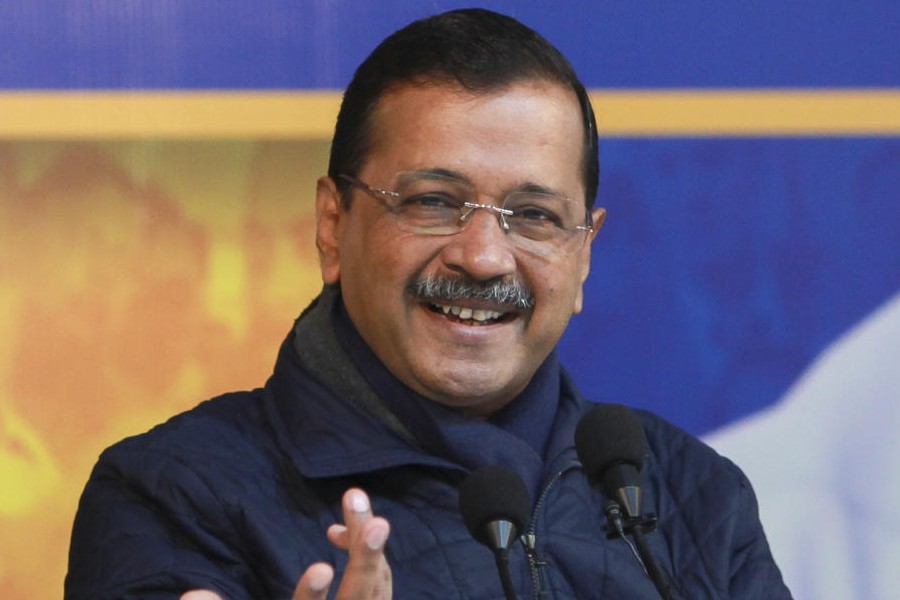SpaceX’s Starship rocket exploded above the Gulf of Mexico on Thursday, minutes after lifting off from a launchpad in South Texas. The spacecraft failed to reach orbit, but it was not a fatal failure.
Before the launch, Elon Musk, the company’s founder, had tamped down expectations, saying it might take several tries before Starship succeeds at this test flight, which was to reach speeds fast enough to enter orbit before splashing down in the Pacific Ocean near Hawaii.
Despite the setback, SpaceX remains the dominant company in global spaceflight. Its Falcon 9 rockets have already travelled to space 25 times in 2023, with the most recent launch concluded successfully on Wednesday. The Starship launch on Thursday at least avoided a worst-case outcome of exploding on the launchpad, which would have required extensive repairs. Once engineers determine what went wrong, they can incorporate changes in test flights of other prototype Starships that are mostly finished and almost ready to launch.
Still, the failure raises questions about how soon SpaceX can get a Starship ready to serve as a lunar lander for the astronauts of Nasa’s Artemis III mission, which is to set down near the moon’s south pole. That mission would require a series of successful Starship launches over a short period of time to not only launch the lunar spacecraft but also to bring up enough propellant so that it can get to the lunar orbit. However, SpaceX has a history of learning from mistakes. The company’s mantra is essentially, “Fail fast, but learn faster.”
Traditional aerospace companies have tried to anticipate and prevent as many failures as possible ahead of time. But that approach takes money and time and can lead to vehicles that are overdesigned. SpaceX instead is more like a Silicon Valley software company — starting with an imperfect product that can be improved quickly.
In the past, SpaceX has learned from its failures. When it tried to start landing Falcon 9 boosters, the first few hit too hard and exploded. With each attempt, SpaceX engineers tweaked the systems. After its first successful landing, more soon followed. Today, it is a rare surprise if a booster landing fails. A couple of years ago, the company took a similar approach to fine-tune the landing procedure for Starship.
New York Times News Service and AP/PTI











